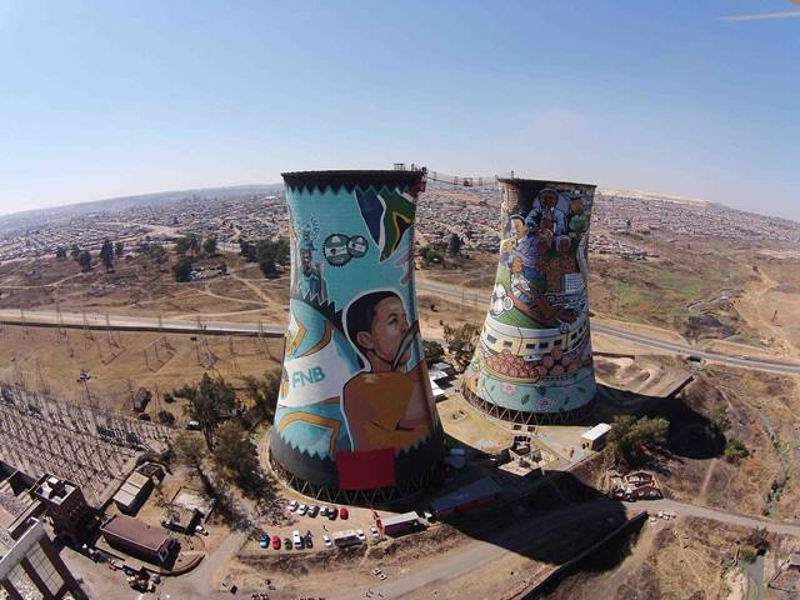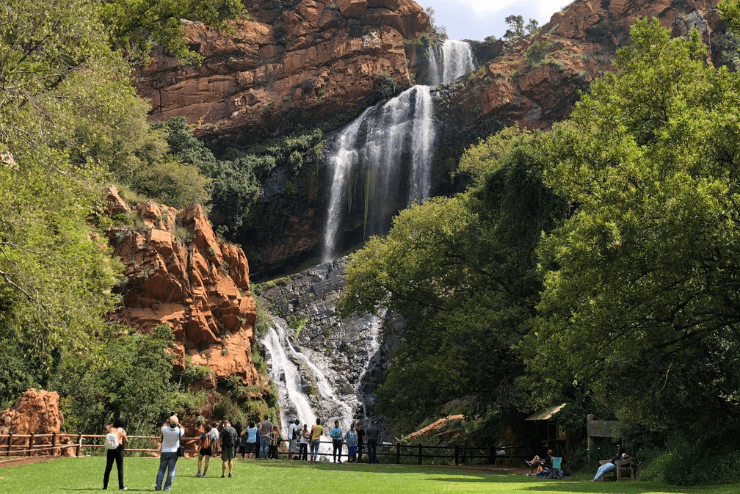Some Known Details About Johannesburg North Attractions
Johannesburg North Attractions for Dummies
Table of ContentsJohannesburg North Attractions Can Be Fun For AnyoneThe Basic Principles Of Johannesburg North Attractions The Johannesburg North Attractions StatementsAn Unbiased View of Johannesburg North AttractionsThe Ultimate Guide To Johannesburg North AttractionsJohannesburg North Attractions Fundamentals Explained
The city owes its place to the presence of an also a lot more precious source: gold. The city expanded on the side of the Witwatersrand Main Reef, a below ground stratum of gold-bearing quartz-silica conglomerate that arcs for hundreds of miles below the Highveld. Most of the gold mines in the city stopped operation in the 1970s, yet in its day the Witwatersrand gold industry represented even more than 40 percent of the world's annual gold manufacturing.Johannesburg has a pleasant climate. Summer temperature levels average concerning 75 F (24 C); winter season temperature levels balance concerning 55 F (13 C) and only occasionally dip below cold. The city enjoys regarding 8 hours of sunshine per day in both winter and summer. Rain standards about 28 inches (700 millimetres) per annum, but the complete varies substantially from year to year.
What rainfall the city gets falls nearly specifically in the summer season months, usually in incredible late-afternoon electric storms., where several locals still depend on coal for gas.

Everything about Johannesburg North Attractions
The balance of the city is inhabited by whites. Holiday accommodation varies in character and high quality.
Physical development, although rather restricted by transportation, proceeded rapidly as immigration to South Africa, and Johannesburg in certain, boosted considerably.
Many poor suburban areas were mixed, with bad blacks and whites living together, although the rich residential areas were generally reserved for whites. This changed with the political election of the National Celebration in the 1948 elections, who started to formalise the system referred to as apartheid. Apartheid officially marked which residential areas each race can reside in under the Group Locations Act.
The previous system of eleven numbered regions was reorganised in 2006. Marshalltown, as seen from the top of the Carlton Centre. The M1 and M2 run behind the buildings, and the southerly suburban areas expand past the highway border. The central city of Johannesburg lies within the city's Region F. The estimated populace of the region is 200,000, [] The number of people living in the inner city on Web Site a casual basis is unidentified, as numerous are prohibited immigrants. Many higher-income residents and white people have actually transferred to the north residential areas and have been changed by lower-income black individuals. The joblessness, education, and age profiles of the location are all unidentified, due to the problem of getting trusted info about the area.
The 4-Minute Rule for Johannesburg North Attractions
Yeoville and Bellevue have a mix of apartment and single domestic units on tiny whole lots. The region lies on a hilly divide that runs from eastern to west. One of the most noticeable geographic attribute is Observatory Ridge, which is called for the big observatory situated on it. The entertainment areas are no longer used, as a result of protection issues.

The Buzz on Johannesburg North Attractions
R. Tambo International Flight Terminal). The eastern suburbs are several of the oldest areas of Johannesburg, there are big communities of Jewish and other European histories, most of the populace is English speaking. There are 3 golf links in addition to a variety of protected ridges with viewsites. There are numerous strong and up-market entertainment and shopping areas in the east such as the Eastgate Mall and the Greenstone shopping center.
Originally developed to house male migrant workers, several have been improved as homes for couples and households. The residential area was not traditionally permitted to create employment centres within the area, so practically all of its citizens are travelers to various other components of the city.
How Johannesburg North Attractions can Save You Time, Stress, and Money.
The N1 Western Bypass attaches the north residential areas with the north-western suburbs. The property locations in the northern suburbs are mainly official, without any significant areas of casual housing, or real use this link estate that does not have a long-term structure. This is an established area, there is a fad of land use adjustment from household to business, specifically Click This Link along major arterial roadways and around established nodes.
Roads to the east and west are much less well developed, as there are no freeways taking a trip in that direction. In the direction of the northern boundary of the city, the thickness of growth reduces, leaving big locations of untaught land around Midrand.
A Biased View of Johannesburg North Attractions
, which is located on a hill overlooking the internal city and Hillbrow.